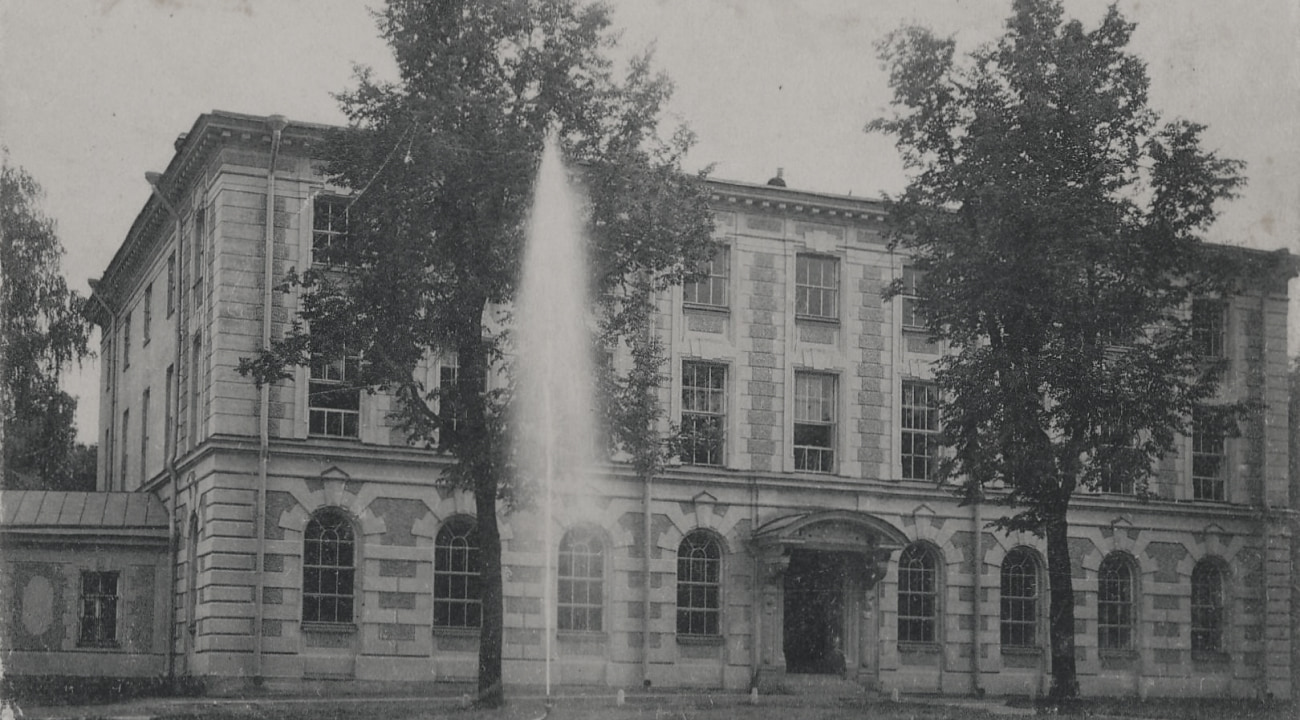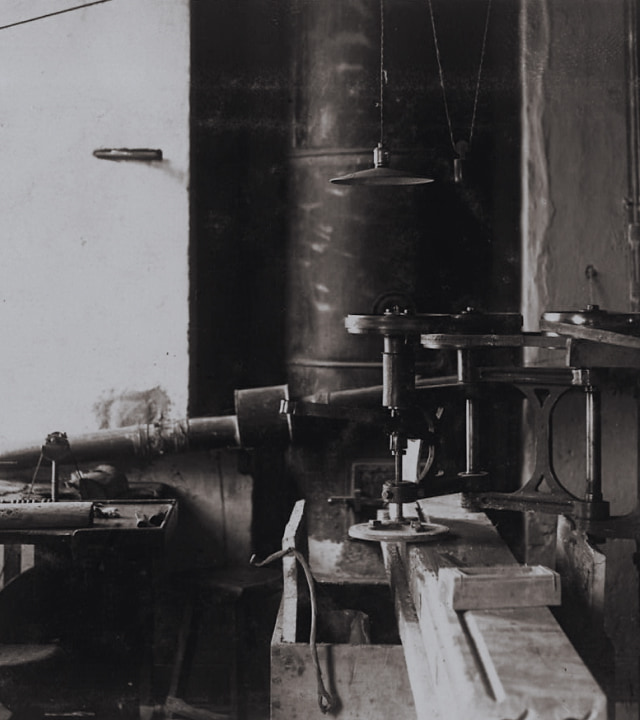
Российские камни привлекают покупателей со всего мира не только благодаря высокому качеству алмазов, но и благодаря великолепной русской огранке. Понятие Russian Cut известно во всем мире и считается своеобразным «знаком качества» благодаря отточенным веками умениям наших мастеров.
Извлеченные из недр земли алмазы имеют довольно мало общего с ослепительными, притягивающими взгляд камнями в ювелирных изделиях. Для того чтобы сделать алмаз ключевой составляющей изящного кольца, кулона или подвески, кристалл должен подвергнуться специальной обработке - огранке, которая выведет на передний план все его достоинства и скроет возможные недостатки. Огранка позволяет выявить присущую алмазу скрытую красоту, раскрыть максимальную игру и блеск кристалла.
Эпоха петра первого
Если ювелирному искусству никак не меньше тысячи лет, то гранить бриллианты начали сравнительно поздно – в 15 веке в Европе. В России эту тенденцию переняли чуть позже, и уже с 16 века шлифованные алмазы начали венчать украшения царской семьи. Сначала работать с алмазами умели только несколько придворных мастеров, однако в начале 18 века Петр Первый издал указ о создании первой в стране гранильной фабрики.

Петергофская гранильная фабрика
архив музея Петергофской гранильной фабрики
Золотой век
«Золотой век» российского ограночного и ювелириного искусства, конечно же, связан с двумя женщинами – Елизаветой I и Екатериной II. Увлеченные красотой этих камней, они искали лучших ювелиров и поощряли развитие их талантов. В том числе, из-за рубежа приглашались лучшие мастера для передачи опыта, они оставались в России и развивали свои умения, а потом – создавали целые династии. В 18 и 19 веке в России появляется множество великих имен: Позье, Экарт, Болин, Фаберже.

Екатеринбургская гранильная фабрика
Краеведческий музей Екатеринбурга
идеальная форма
Чуть позже немалую роль в развитии российской – да и мировой – огранки сыграет бельгиец русского происхождения Марсель Толковский. Инженер по образованию, он в 1919 году разработал для бриллианта идеальное сочетание углов и пропорций, при котором свет, проникающий в камень, создает максимальный блеск и игру. Бриллиант Толковского обязательно должен иметь круглую огранку и 57 граней – сегодня это стандарт, по которому работает весь мир. Огранка Толковского также предполагает точно выдержанные пропорции высоты и диаметра, выверенные углы наклона граней. Чем сильнее отступление от них, тем меньше в камне игры света. Создаваемые в середине 20 века российские гранильные заводы изначально стремились работать близко к этим параметрам.

Высокие стандарты
В 1977 году российская отрасль получила «технические условия на бриллианты», которые выдвигали жесткие требования к огранке и полировке драгкамней. В это время окончательно формируется Russian Cut, символизирующий высокие стандарты качества. В отличие от зарубежных огранщиков, часто нарушающих пропорции в угоду тому, чтобы камень имел большую массу, русские огранщики работали в точном соответствии с заданными стандартами и не могли от них отступить. Доскональное соблюдение высоких стандартов во всем — в целом отличительная черта России того времени.

огранщик андрей фролов
ООО Бриллианты АЛРОСА
Cоветская легенда
Советская школа огранки требовала, чтобы все возможные дефекты были исправлены, даже если для этого понадобится существенно снизить массу камня. Огранщик старался обеспечить бриллианту идеальную форму, зачастую не считаясь с возможными потерями, что казалось немыслимым его коллеге из Израиля или Бельгии. Кроме того, в огранку направлялись только наиболее крупное и дорогое алмазное сырье, завозилось современное оборудование. На каждом гранильном заводе работал отдел контроля, который возвращал бриллианты на доработку при наличии малейших недочетов.
Задача делать лучшие бриллианты выполнялась в полной мере: российские бриллианты пользовались огромным спросом, предоставляя покупателям гарантию высочайшего качества. Собственно, и само понятие Russian Cut было придумано вовсе не огранщиками, а самими зарубежными клиентами.

Бриллианты алроса
Филиал «Бриллианты АЛРОСА», созданный на базе советских предприятий, продолжает эту традицию. Наши сегодняшние стандарты огранки еще жестче, чем требования к качеству бриллиантов 70-х годов. В «Бриллиантах АЛРОСА» работает около 500 высококлассных мастеров, которые еще помнят, что такое настоящий Russian Cut, либо учились у этих специалистов. Вот почему мы можем гарантировать исключительное качество бриллиантов, изготовленных АЛРОСА.